Lard is a type of fat that is derived from pigs. It is typically made by rendering the fatty tissue of the pig into a liquid, which is then strained and cooled until it solidifies. Lard is a versatile cooking fat that has been used in many cuisines around the world for centuries. It has a unique flavor and texture that can enhance the taste and texture of many dishes.
Table of Contents
Nutritional values and health benefits of lard
Lard is a type of fat that is high in calories and saturated fat. A 1 tablespoon serving of lard contains approximately 115 calories and 13 grams of fat, of which 5 grams are saturated fat. However, lard does have some nutritional benefits, including:
- Vitamin D: Lard is one of the few food sources of vitamin D, a nutrient that is essential for bone health and immune system function. A 1 tablespoon serving of lard provides approximately 10% of the recommended daily intake of vitamin D.
- Monounsaturated fat: While lard is high in saturated fat, it also contains small amounts of monounsaturated fat, which can help lower LDL (bad) cholesterol levels and reduce the risk of heart disease.
- Flavor: Lard has a unique flavor and texture that can enhance the taste and texture of many dishes. It is particularly useful in baking, where it can produce flaky, tender pastries and biscuits.
However, it is important to consume lard in moderation and as part of a balanced diet. Excessive consumption of lard or other saturated fats can contribute to high cholesterol, heart disease, and other health problems. It is also important to choose high-quality lard that is free from additives and preservatives, and to avoid lard that has been hydrogenated, which can create harmful trans fats.
Different ways to use lard in cooking
Lard is a versatile cooking fat that can be used in many different ways. Here are some common ways to use lard in cooking:
- Baking: Lard is often used in baking recipes to produce flaky, tender pastries and biscuits. It can be used in place of butter or other solid fats in pie crusts, biscuits, and other baked goods.
- Frying: Lard has a high smoke point, which means it can be used for high-temperature cooking methods like frying. It is often used for frying chicken, potatoes, and other foods that require a crispy texture.
- Roasting: Lard can be used to coat meats before roasting to help them brown and develop a crispy exterior. It can also be used to make roasted vegetables or to roast nuts.
- Sautéing: Lard can be used as a cooking fat for sautéing vegetables and other ingredients. It adds flavor and richness to dishes like stir-fries and fajitas.
- Seasoning: Lard can be used to season cast iron pans and other cookware. It helps to create a non-stick surface and adds flavor to dishes.
When using lard in cooking, it is important to choose high-quality lard that is free from additives and preservatives. It is also important to use lard in moderation and as part of a balanced diet.
What to look out for when purchasing lard
When purchasing lard, there are a few things to look out for to ensure that you are getting a high-quality product:
- Source: Look for lard that is sourced from pastured, organic pigs. This ensures that the lard is free from antibiotics and hormones, and that the pigs were raised in humane conditions.
- Processing: Choose lard that has been minimally processed and does not contain any additives or preservatives. Avoid lard that has been hydrogenated, which creates harmful trans fats.
- Color and texture: High-quality lard should be white in color and have a smooth, creamy texture. Avoid lard that is yellowish or has a grainy texture, as this can indicate that the lard is old or has been processed with chemicals.
- Packaging: Look for lard that is packaged in a dark, opaque container to protect it from light and air. This helps to preserve the quality and freshness of the lard.
- Brand reputation: Choose lard from a reputable brand or supplier that is known for producing high-quality products.
By paying attention to these factors, you can ensure that you are getting a high-quality product that is free from additives and preservatives, and that will provide the best flavor and texture in your cooking.
Storage tips for preserving lard
Proper storage is important for preserving the quality and freshness of lard. Here are some tips for storing lard:
- Refrigerate or freeze: Lard can become rancid if it is exposed to air or light for an extended period of time. To prevent this, store lard in the refrigerator or freezer. Lard can be stored in the refrigerator for up to six months, or in the freezer for up to a year.
- Use airtight containers: When storing lard, use airtight containers or packaging to prevent exposure to air and moisture. This helps to preserve the quality and freshness of the lard.
- Label and date: Label the container with the date that the lard was stored to ensure that you use it before it goes bad. This is particularly important if you store lard in the freezer, as it can be difficult to determine how long it has been stored.
- Keep away from light and heat: Store lard away from direct sunlight and sources of heat, as this can cause the fat to spoil more quickly.
By following these storage tips, you can extend the shelf life of your lard and ensure that it is fresh and flavorful when you are ready to use it in your cooking.

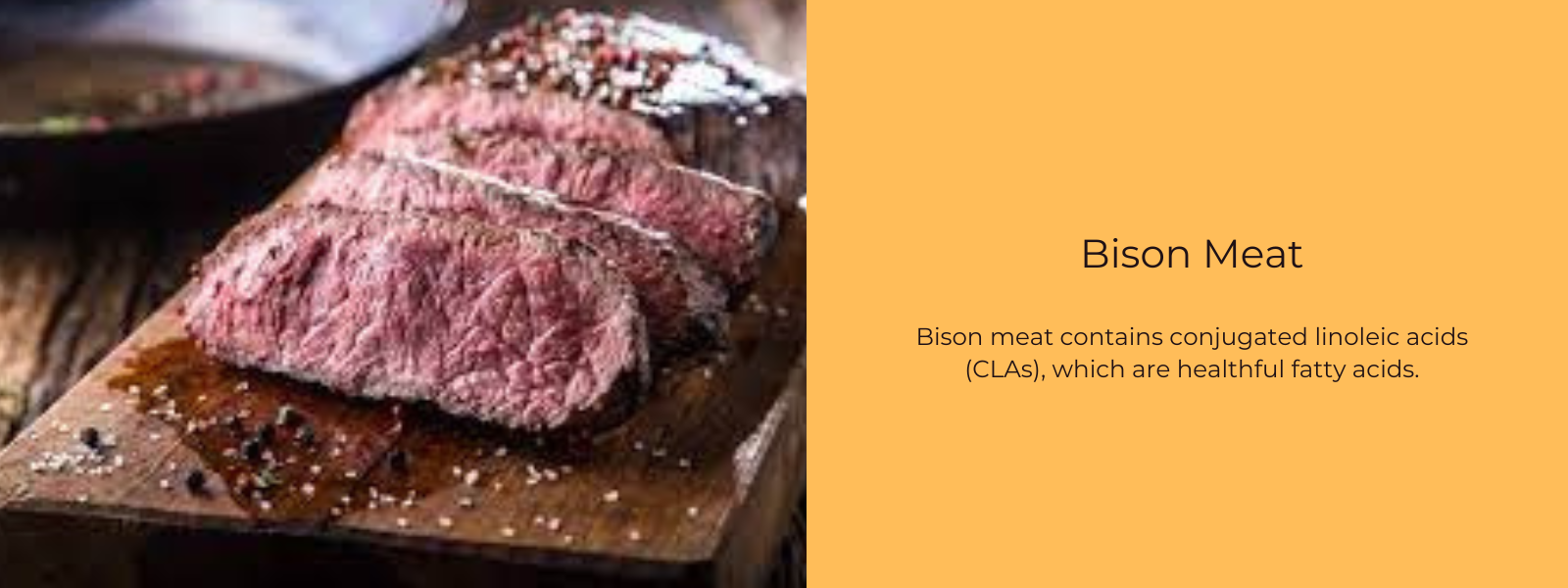
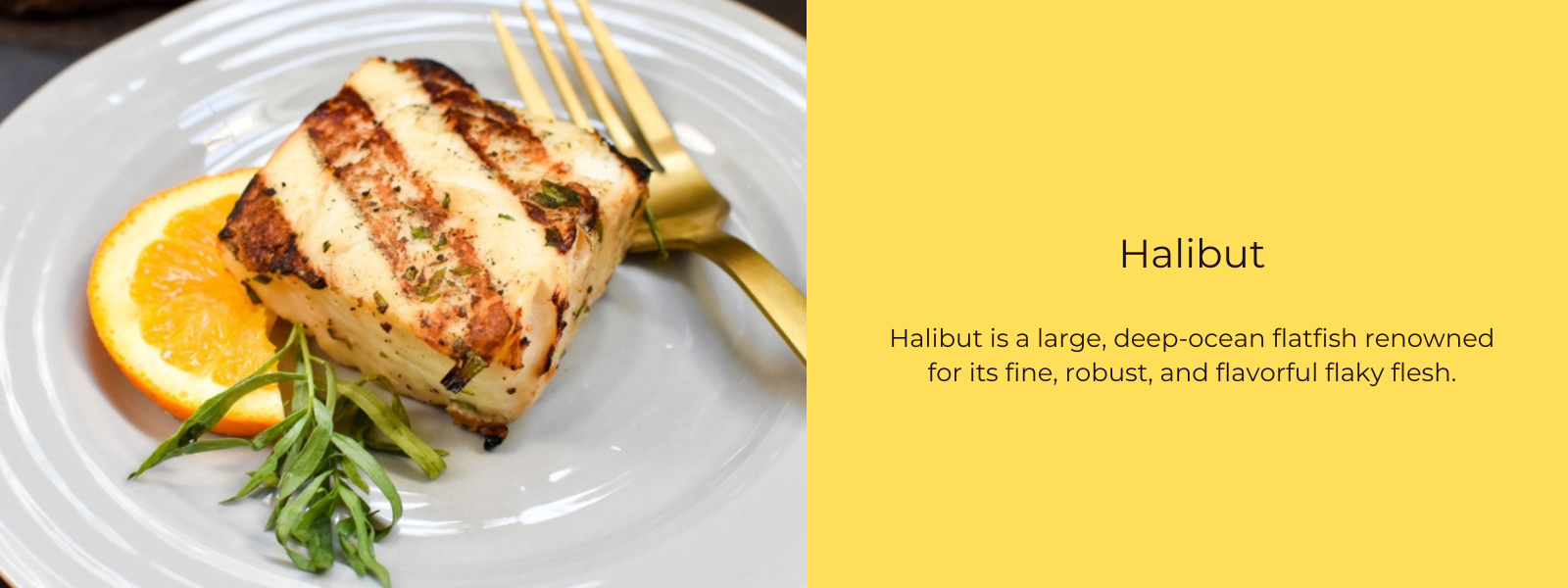
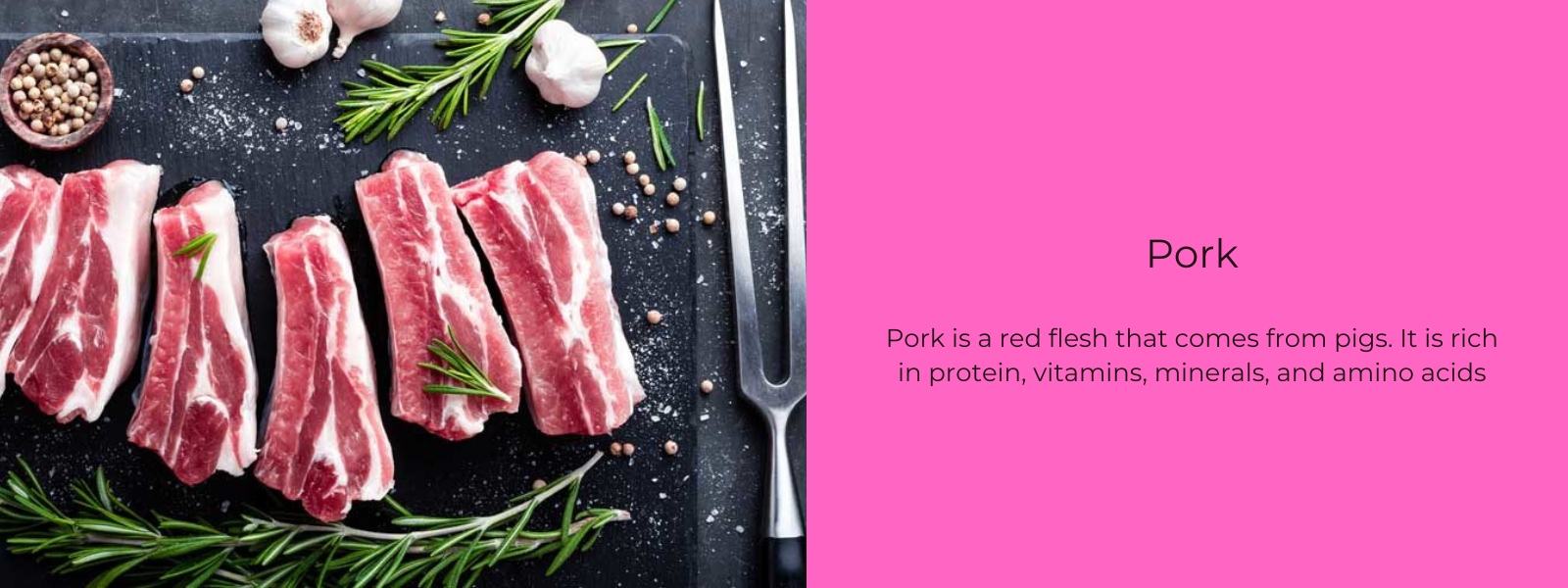
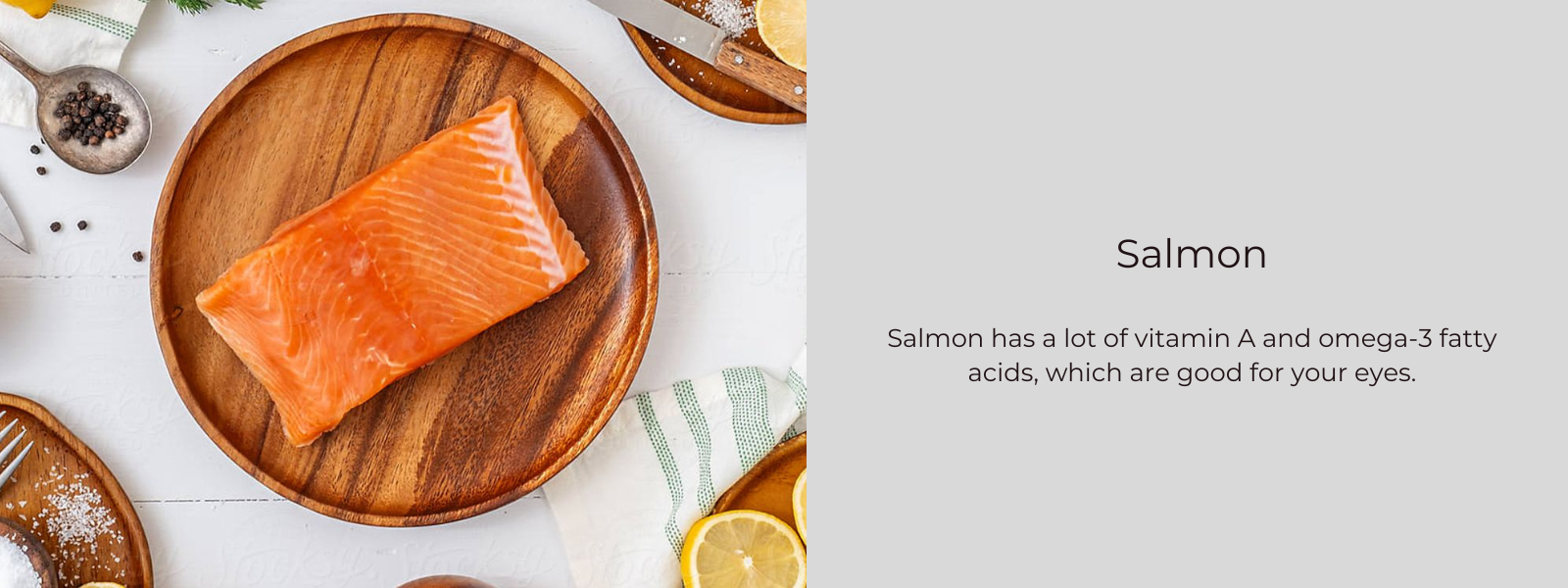
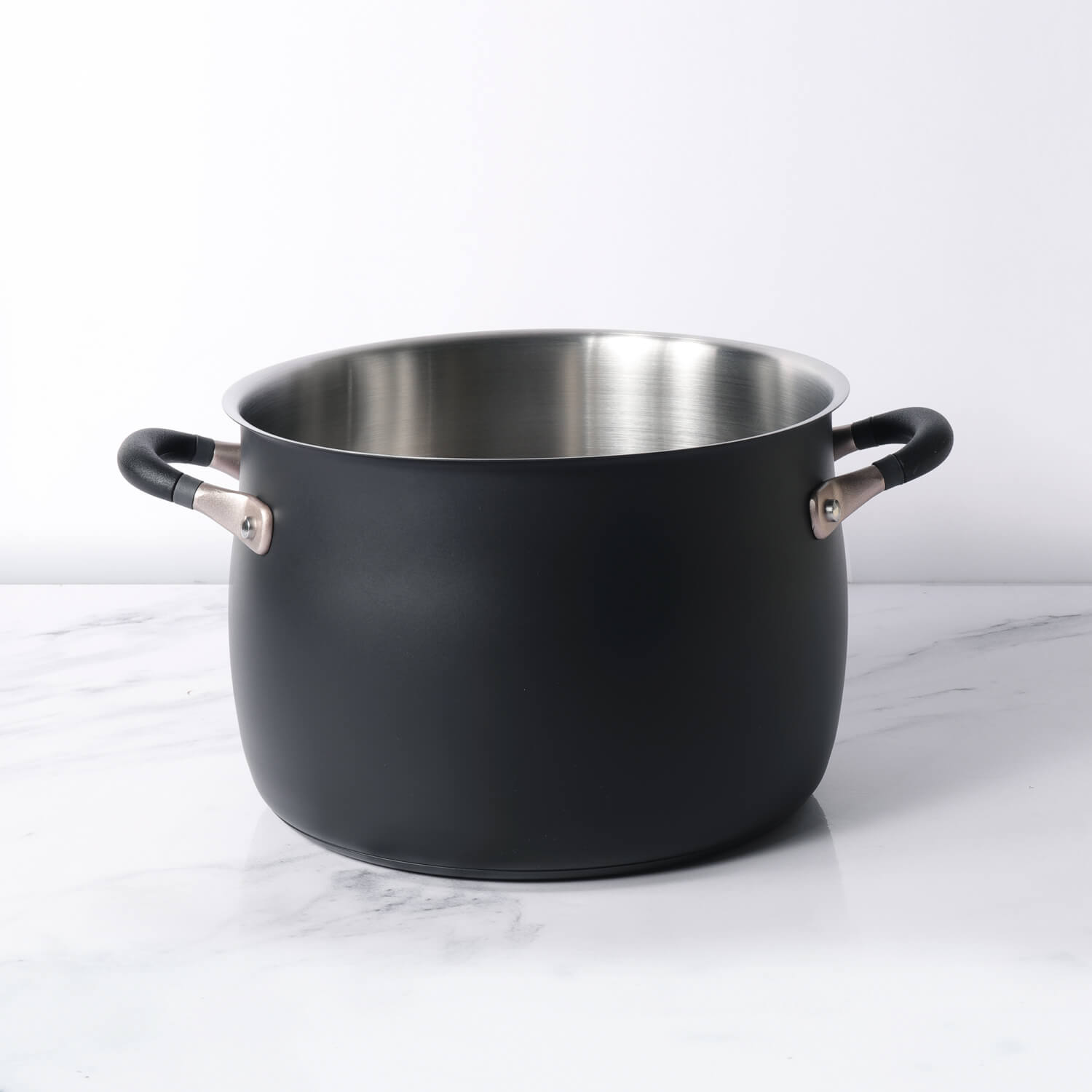
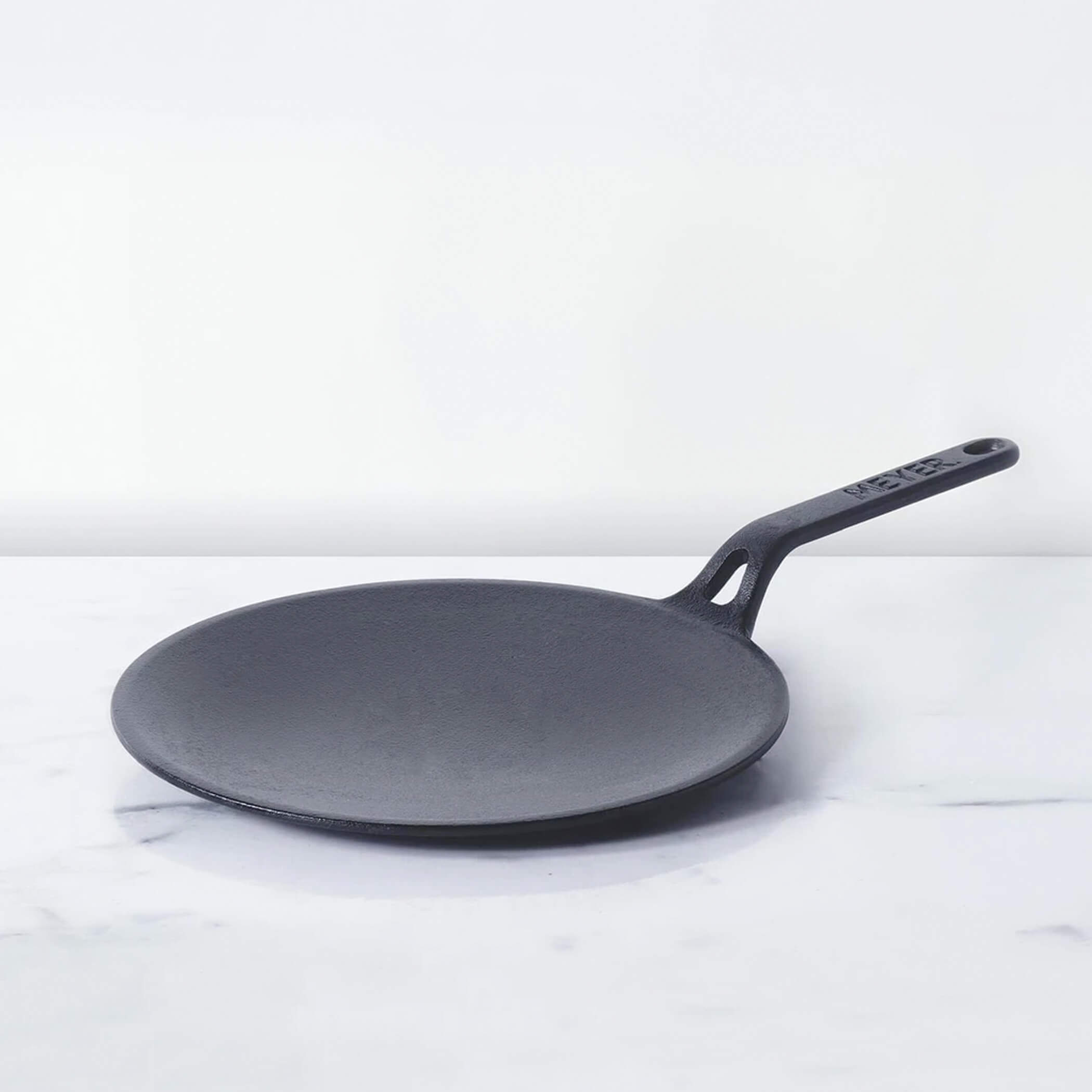




Leave a comment